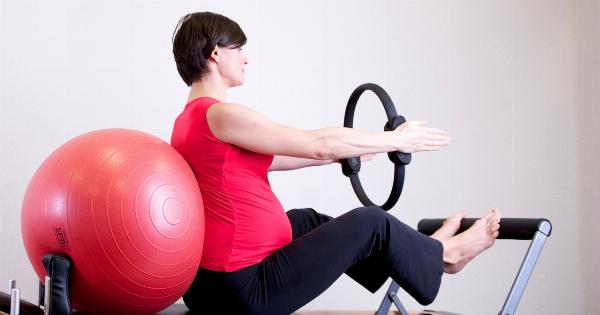During pregnancy, engaging in regular exercise is highly recommended for maintaining a healthy lifestyle. Exercise not only helps to manage weight gain but also improves mood, boosts energy levels, and promotes better sleep.
However, it is crucial to exercise safely during pregnancy to ensure the well-being of both the mother and the baby. Here are 13 guidelines to follow for safe exercise during pregnancy:.
1. Consult Your Healthcare Provider
Before starting any exercise regimen, it is essential to consult with your healthcare provider. They can evaluate your medical history, monitor your pregnancy progress, and provide personalized recommendations based on your circumstances.
2. Choose Low-Impact Exercises
Opt for low-impact exercises that minimize stress on your joints and reduce the risk of injury. Activities like walking, swimming, stationary cycling, and prenatal yoga are excellent choices as they are gentle on your body.
3. Take It Slow
Avoid intense activities or sudden increases in exercise duration or intensity. Instead, gradually build up your fitness levels over time to prevent strain. Listen to your body and modify your routine accordingly.
4. Warm-Up and Cool Down
Always start your exercise session with a thorough warm-up to prepare your muscles and joints. Follow it up with a cool-down period to gradually bring your heart rate back to normal. Stretching during both warm-up and cool-down is beneficial.
5. Monitor Your Heart Rate
Keep track of your heart rate while exercising to ensure it stays within a safe range. As a general guideline, aim for a heart rate of no more than 140 beats per minute.
However, individual target heart rates may vary, so discuss this with your healthcare provider.
6. Stay Hydrated
Drink plenty of water before, during, and after your workout to prevent dehydration. Proper hydration is essential for maintaining your body temperature and supporting the increased blood volume during pregnancy.
7. Wear Comfortable Clothing
Choose loose-fitting, breathable clothing and supportive footwear to ensure comfort and prevent overheating. Proper attire will also provide the necessary flexibility to accommodate your changing body.
8. Pay Attention to Your Breathing
Focus on deep, controlled breathing during exercise to maintain sufficient oxygen supply. Avoid any exercises that compromise your ability to breathe comfortably or make you feel breathless.
9. Engage in Pelvic Floor Exercises
Strengthening your pelvic floor muscles is particularly important during pregnancy and can help prevent urinary incontinence. Incorporate Kegel exercises into your fitness routine to support pelvic floor health.
10. Modify Exercises for Your Changing Body
As pregnancy progresses, your body will undergo various changes that may affect your range of motion and balance.
Modify exercises, such as reducing the depth of squats or using a chair for stability during certain movements, to accommodate these changes.
11. Avoid Lying Flat on Your Back
After the first trimester, it is advisable to avoid exercises that involve lying flat on your back for extended periods. This position can compress blood vessels and potentially reduce blood flow to the baby.
Opt for side-lying or elevated positions instead.
12. Listen to Your Body
Pay close attention to any signs or symptoms that suggest you should slow down or stop exercising. If you experience dizziness, headache, chest pain, vaginal bleeding, or contractions, stop exercising immediately and seek medical advice.
13. Posture and Balance
Better posture and balance are essential during pregnancy to alleviate strain on your back and joints as your center of gravity shifts.
Incorporate exercises that focus on strengthening your core and improving stability, such as prenatal Pilates or yoga.
By following these guidelines and prioritizing safety, you can enjoy the numerous benefits of exercising during pregnancy.
Remember, every pregnancy is unique, so always consult your healthcare provider to ensure that your exercise routine aligns with your specific needs and limitations.
























